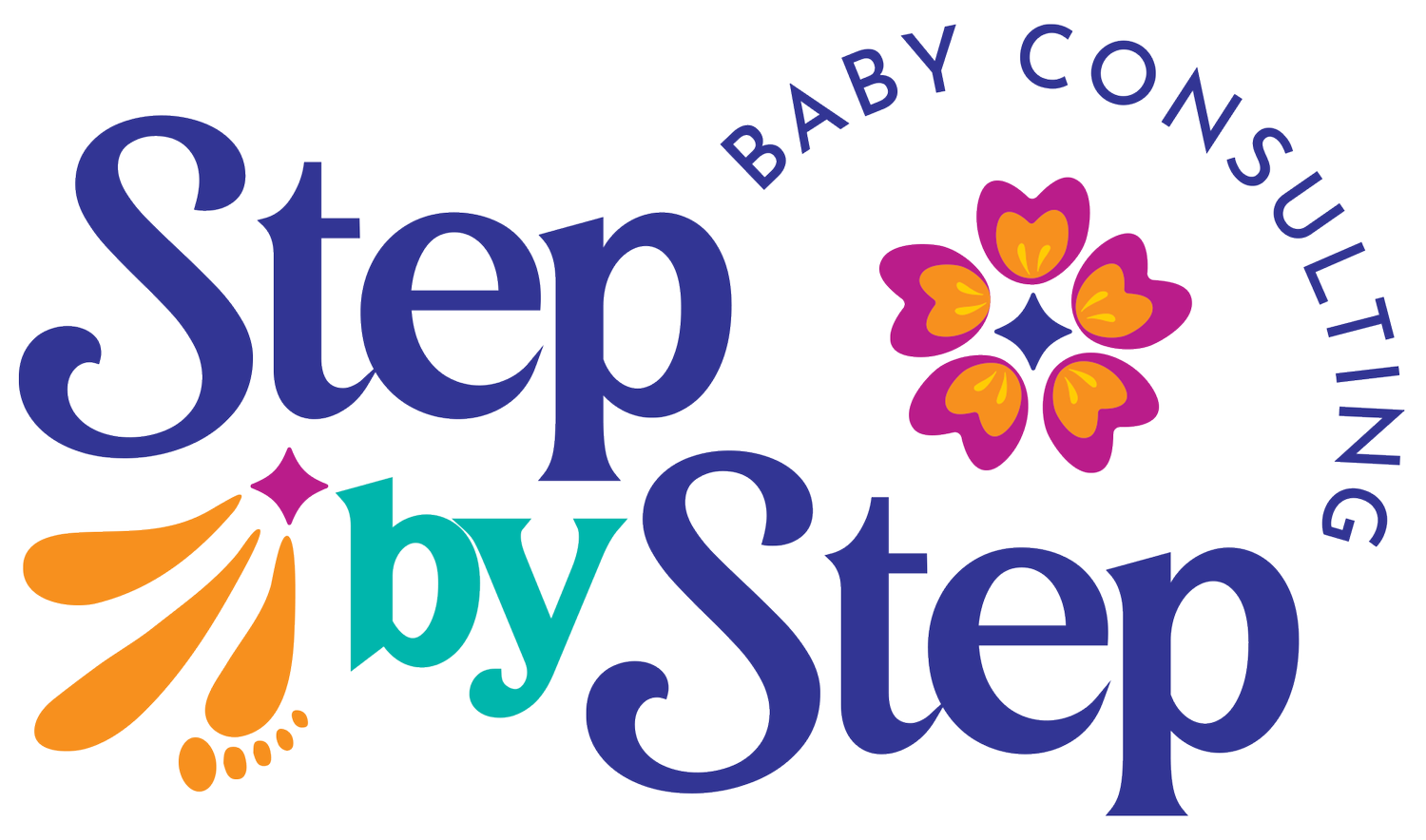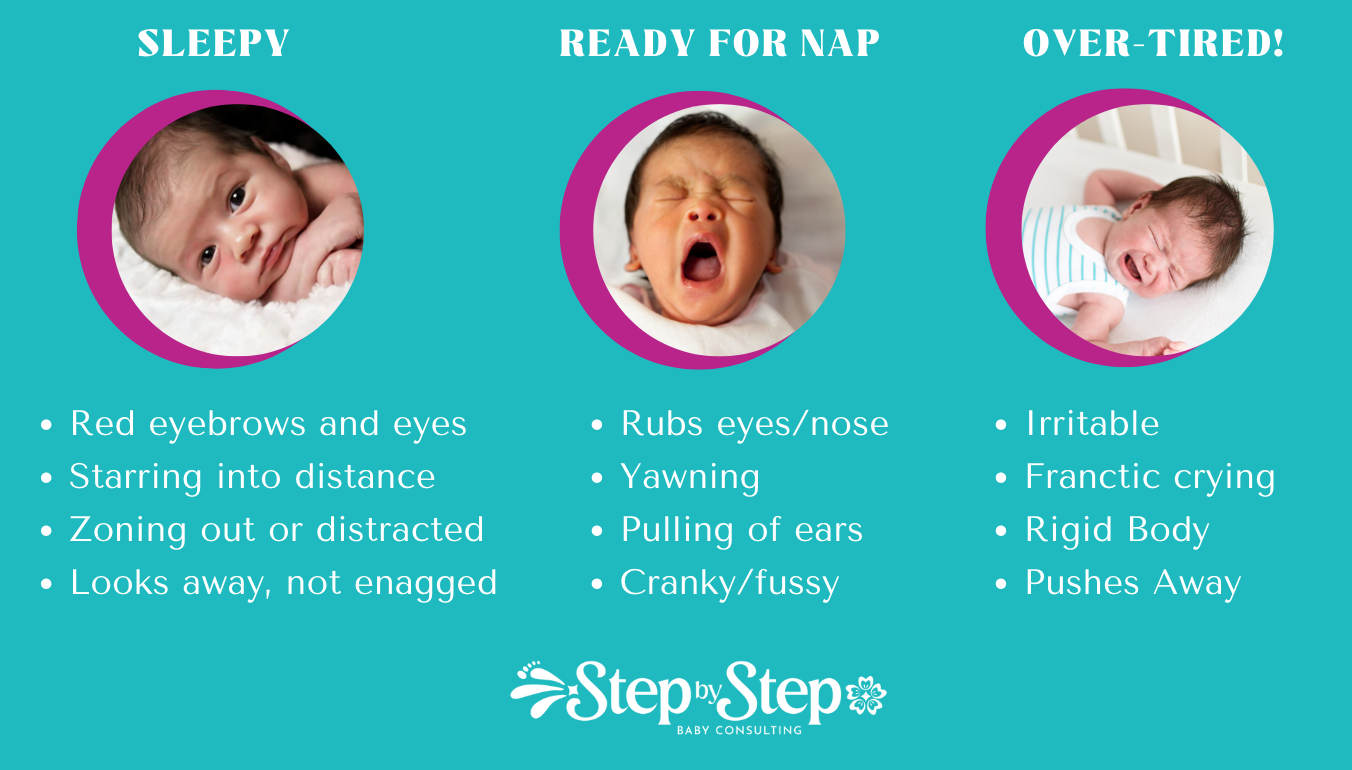How to Lengthen Naps?
Short naps are rough!!!! If you know, then you know and trust me I know!
My son was the king of cat naps! I was lucky if I could get a 45 minute nap from him. In fact I vividly remember picking him up from the babysitter one day when he was 5 months, seeing his tired, puffy and red eyes to be told he had napped for a whopping 15 minutes. The 30 minute drive home was excruciating and I could not get him to bed soon enough, he cried for hours that night.
Short naps are hard and are one of the most common issues parents tend to have, when it comes to their childs’ sleep. Yet what we know is that enough quality sleep is crucial for children’s overall development and well-being. So in this blog we will dive into how we can lengthen naps.
Follow an Age Appropriate Sleep Schedule:
Children like us thrive on routine, and following an age appropriate sleep schedule can contribute to longer and more restful naps. Aim for consistent wake up times, nap times and bedtime, obviously everyday will be a bit different but the difference should not be more than 30 minutes. This means that your child’s entire schedule should regularly not deviate by more than 30 minutes. This consistency in sleep times will help your child’s sleep-wake cycle, signaling to your baby's internal clock that it's time to wind down and rest.
Monitor Awake Times:
Understanding your child's awake times and understanding that they tend to fluctuate throughout the day, is crucial for preventing overtiredness. As we know overtiredness can lead to shorter naps, with this in mind you should be mindful of the duration your child stays awake between naps, and ensure that you're putting them down for a nap before they become overly tired.
Pay Attention to Sleep Cues:
Children always give subtle cues when they're ready for a nap, in fact most children have their own unique sleepy cues, it’s up to you as a parent to recognize your child’s sleepy cues and learn them. Here are a few common sleepy cues for you to look for:
Responding promptly to sleepy cues will help you catch the optimal window for putting your baby down for a nap and increasing the likelihood of a longer nap.
Implement a Naptime Routine:
Just as bedtime routines signal to your child that it's time for sleep at night, a naptime routine will signal to your child that it’s time for a nap. Keep the routine simple and consistent, here is an example of one I recommend:
With time this routine will become a cue for your baby that naptime is approaching.
Create a Conducive Sleep Environment:
Setting the right sleep inducing atmosphere is essential for encouraging longer naps. You want a room that is:
Want to learn more about a conducive sleep environment, check out this blog.
Encourage Re-Settling:
If you are ready, encouraging your baby to re-settle independently can be instrumental in extending nap durations. An example of this would be giving your baby 5-15 minutes, whatever your feel comfortable with, to see if they can re-settle back to sleep, if they wake up prematurely from a nap. If giving your baby time alone simply wakes them more, then its okay to actively help them re-settle for sleep after waking from a nap prematurely or even making the 2nd half of the nap be a contact nap.
Every-time your child is able to re-settle back to sleep, the pathway in their brain becomes more and more ingrained. Soon their body will begin to crave a longer nap and they themselves will try harder at extending naps.
Lengthening naps for children involves a combination of consistency, a conducive sleep environment, and responsive caregiving. By paying attention to your child's cues and implementing these tips, you can create an environment that promotes longer and more restful naps, contributing to your child's overall health and happiness. Remember that every child is different, so it may take some trial and error to find what works best for your child.
While attempting to figure out naps for my own child, I never realized daytime and nighttime sleep were so connected and reflective of one another. So at the time nothing that I did worked for us, in fact things didn't work for us until I hired a sleep consultant and learned about the science of sleep. If you're like me and need more sleep science education, please book a call with me so we can chat about what my support would look like for you. I would love to help you!





